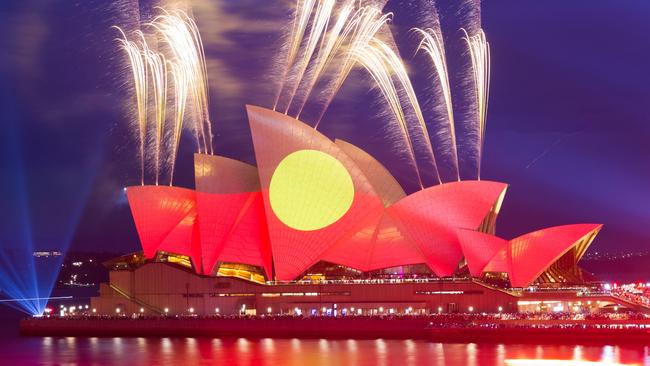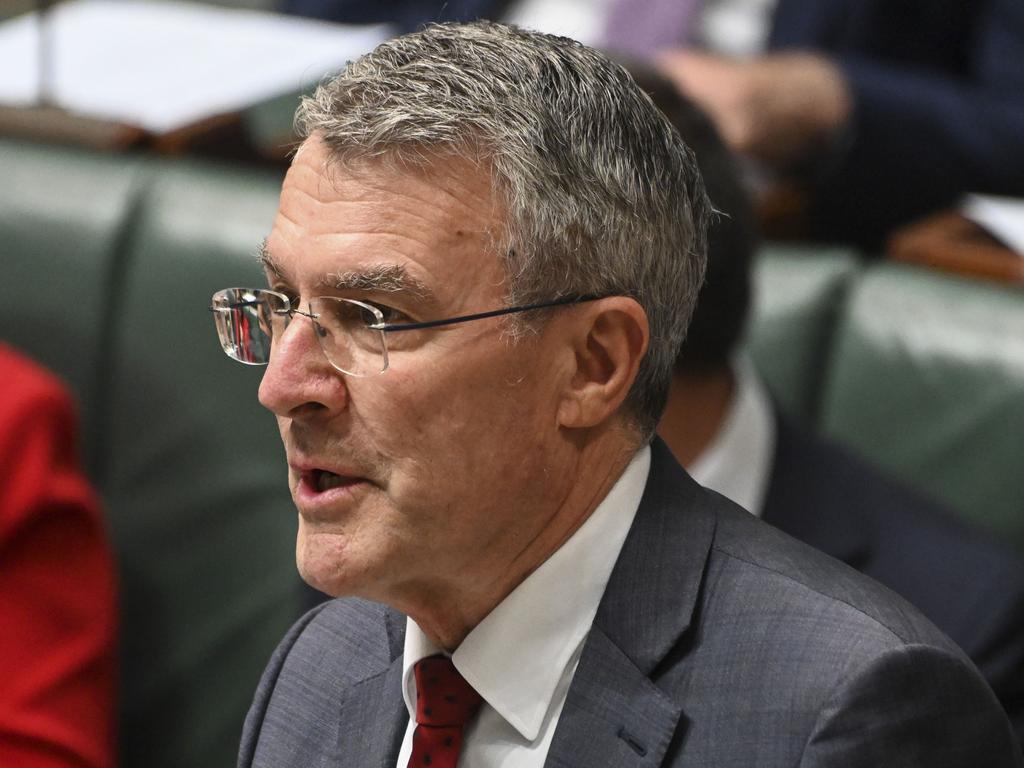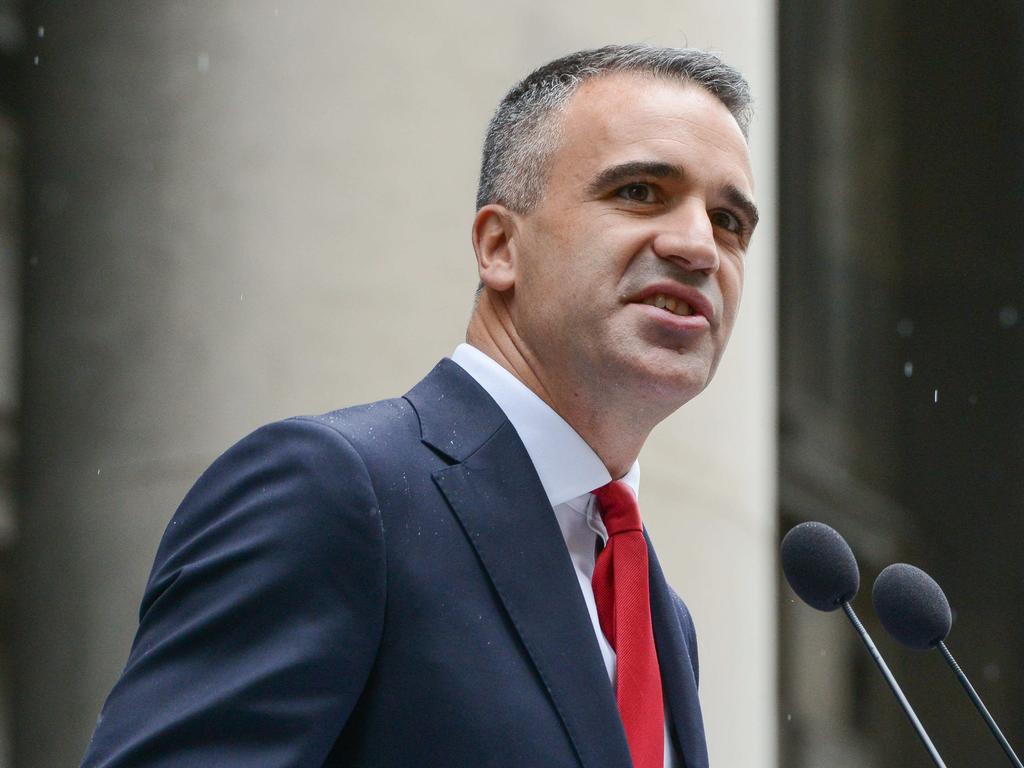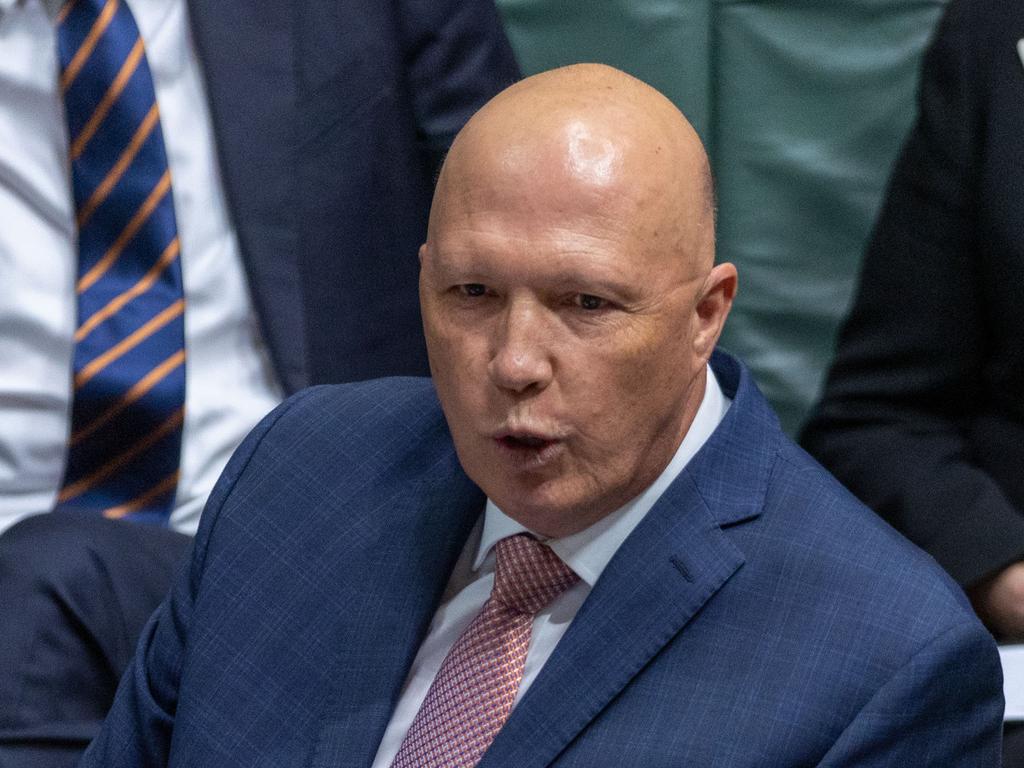Advisers flesh out more details of Indigenous voice to parliament's functions and limitations
Australians will vote on the Indigenous voice to parliament with two pages of details from Prime Minister Anthony Albanese's referendum working group about the body’s functions and limits.

Australians will vote on the Indigenous voice to parliament with two pages of details from Anthony Albanese’s referendum working group about the advisory body’s functions, limits and how its members would be held to account and required to prove their heritage.
Eight principles for the Indigenous voice published after the referendum working group’s first meeting last September have now been expanded upon with seven dot points Yes campaigners hope can answer some of the questions Australians have about how the voice will work.
The two-page fact sheet includes a footnote explaining that, if the voice referendum succeeds, “there will be a process with the Aboriginal and Torres Strait Islander communities, the parliament and the broader public to settle the voice design”.
“Legislation to establish the voice will then go through standard parliamentary processes to ensure adequate scrutiny by elected representatives in both houses of parliament,” the footnote says.
While the most scrutinised task of the referendum working group was to advise on the wording of a constitutional amendment to enshrine the voice, Indigenous leaders in the group were also asked to advise on “the information on the voice necessary for a successful referendum”.
The Australian has been told group members – and the government – are bracing for claims from voice critics that the dot points are not enough detail.
However, Indigenous leaders in the group believe the fact sheet is useful because it is succinct and it addresses questions ventilated in the media such as how Australians can be assured all members of the voice are Aboriginal or Torres Strait Islander people.
One dot point states members will need to meet “the standard three-part test” for Indigeneity. The person must be of Aboriginal or Torres Strait Islander descent, identify as such and be accepted as such by the community in which they live. All of these things must apply for proof of Aboriginality, according to the Institute of Aboriginal and Torres Strait Islander Studies.
The fact sheet also states the voice would be subject to standard governance and reporting requirements to ensure transparency and accountability, voice members would fall within the scope of the national anti-corruption commission and members would face sanction or removal for serious misconduct.
Referendum working group member Marcus Stewart said the new voice details were important.
“The design principles are really powerful and important to understand in this process,” Mr Stewart said.
“The challenge will be getting the Australian public to engage with the information and be informed come referendum day. That is what we are focused on ensuring.”
The original eight voice principles were drawn largely from an almost 300-page report commissioned by the Coalition government and overseen by Indigenous professors Marcia Langton and Tom Calma.
The principles include ideas in common from the final report of the Referendum Council in 2017 and a joint select committee report on the voice overseen by Liberal MP Julian Leeser and Labor senator Pat Dodson in 2019.
The principles have not changed but the added dot points offer more detail.
For example, the first principle states the voice “will be empowering, community-led, inclusive, respectful and culturally informed”.
Three explanatory dot points have been added, stating: “Members of the voice would be expected to connect with – and reflect the wishes of – their communities and the voice would consult with grassroots communities and regional entities to ensure its representations are informed by their experience, including the experience of those who have been historically excluded from participation”
Another voice principle in place since September states the voice will not have a program delivery function.
An added dot point states: “The voice would be able to make representations about improving programs and services, but it would not manage money or deliver services.”








To join the conversation, please log in. Don't have an account? Register
Join the conversation, you are commenting as Logout